Bien Ho
T'Nung Lake (or Bien Ho or Ea Nueng Lake) is a freshwater lake located in Bien Ho commune, 7 km north of the center of Pleiku City. The lake is located in the complex of Bien Ho - Chu Dang Ya eco-tourism area, there is a strip of land running to the middle of the lake bed giving visitors a panoramic view, with a green pine forest. This is a famous landmark in Pleiku, a "must-visit" place for tourists.
The lake is located at an altitude of 800 m above sea level, nearly 300 hectares wide. This place is originally three interconnected volcanic craters, and the lake shore is a raised crater, so even if you stand from a distance, you can still see it clearly. The Lunar New Year is the most beautiful time of the year to see the Sea and Lake.

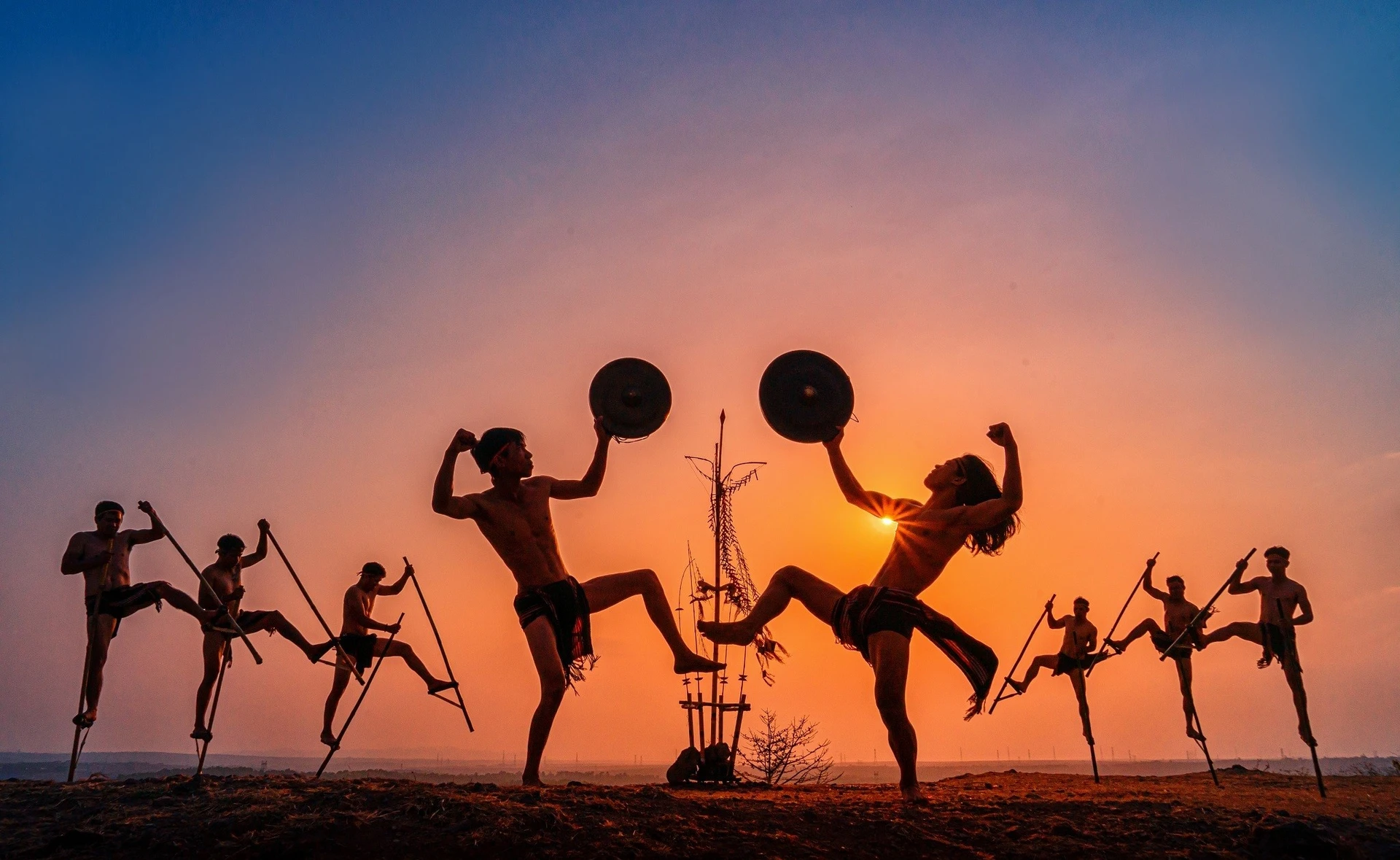
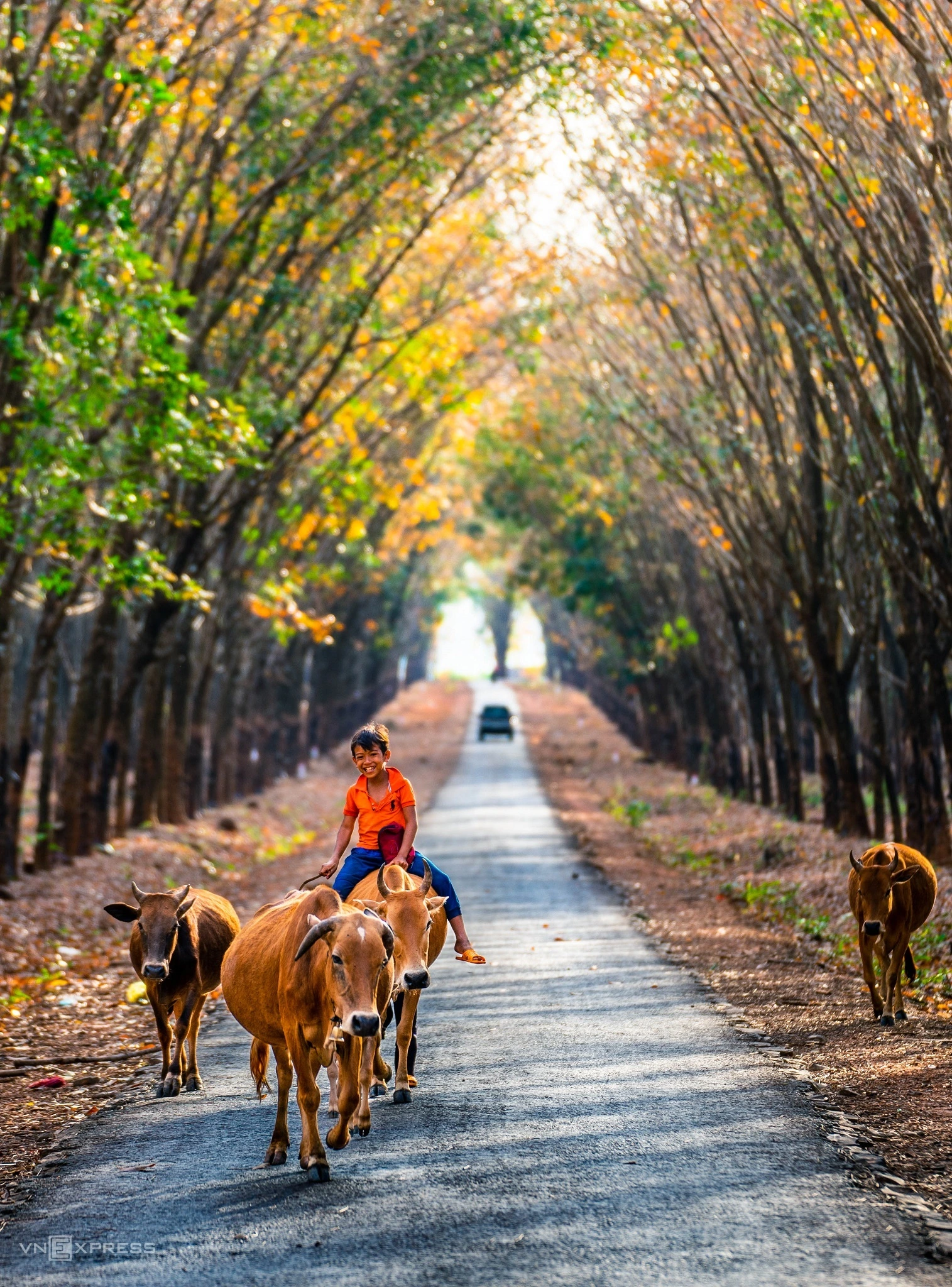
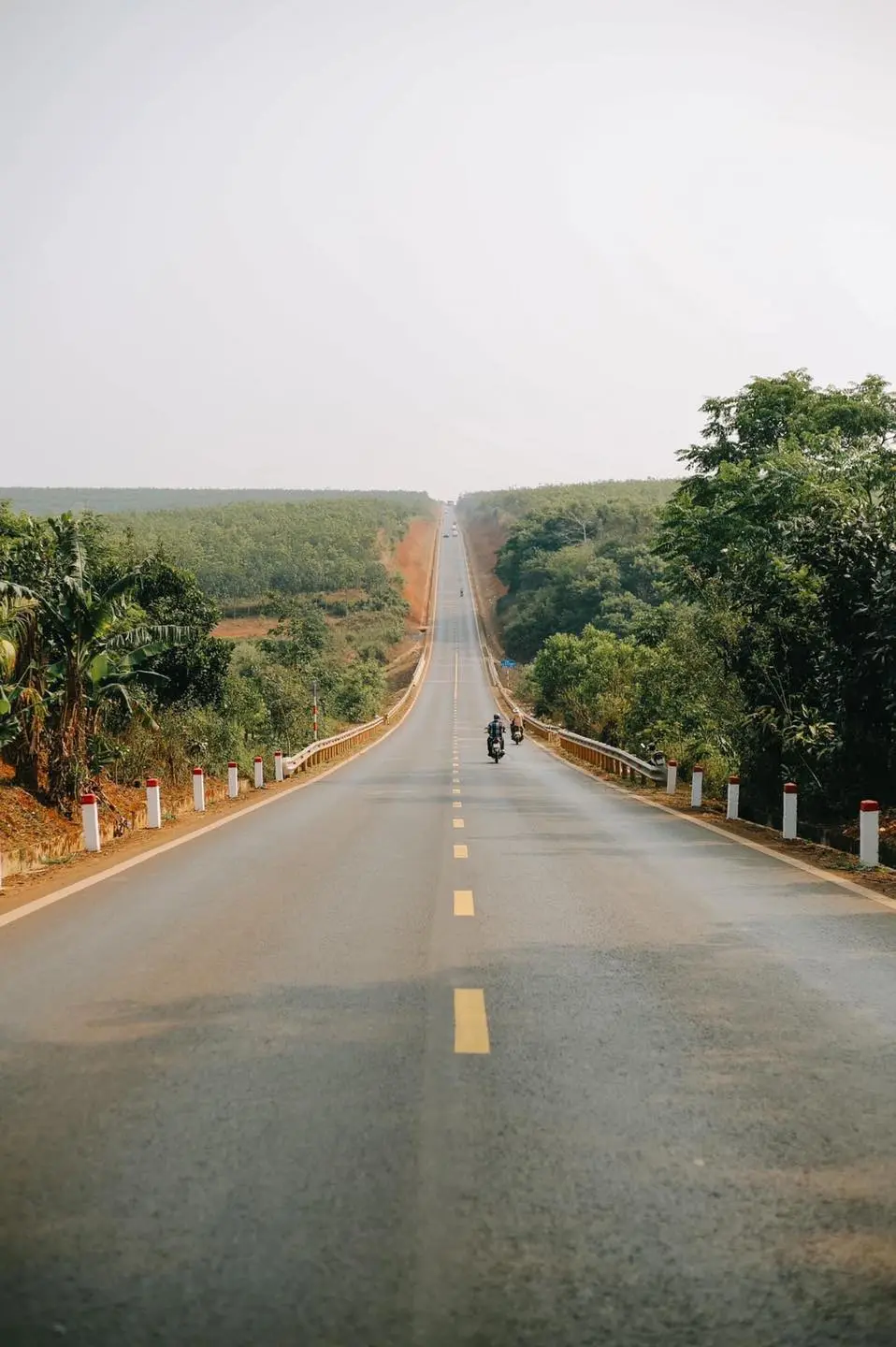
Photo: Phuong Vi/Pham Cong Quy
Tea Hill
The tea hill is located near Bien Ho, also known as Bien Ho Cha, covering an area of more than 1,000 hectares, covering a green color of tea leaves to the foot of the surrounding mountains. The tea hills here have been around since 1919 when the French began to reclaim the Pleiku highlands to grow tea. You should come early in the morning, when the mist is still covering the whole road, the fantastic scenery or when the sun is just rising, between 7 and 9 o'clock to take good photos.
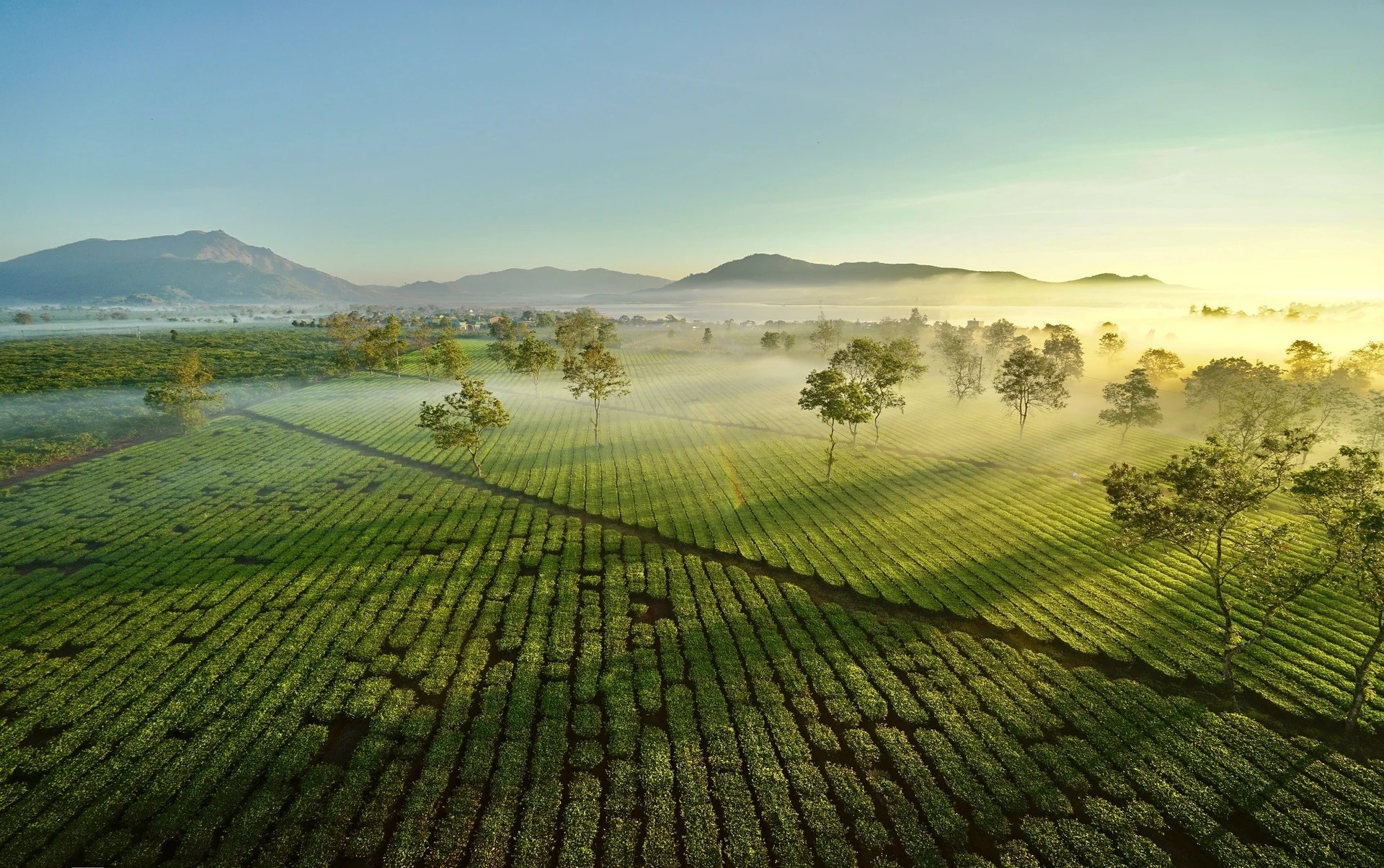
Image: Pham Cong Quy
Centennial pine
The hundred-year-old pine is located next to Ho Che Beach, about 12 km from the center of Pleiku. This is a road under the pine canopy nearly 1 km long, planted since 1917 with 101 roots. Every place is crowded with tourists and young people who come to take pictures, and Pleiku people also often run and exercise around this area. The best time to see and take photos with the road is in the early morning, when there is still mist and the sun shines obliquely through the leaves. Along the pine row are a few mobile cafes on old cars that have been redecorated, which is a relaxing spot for visitors.
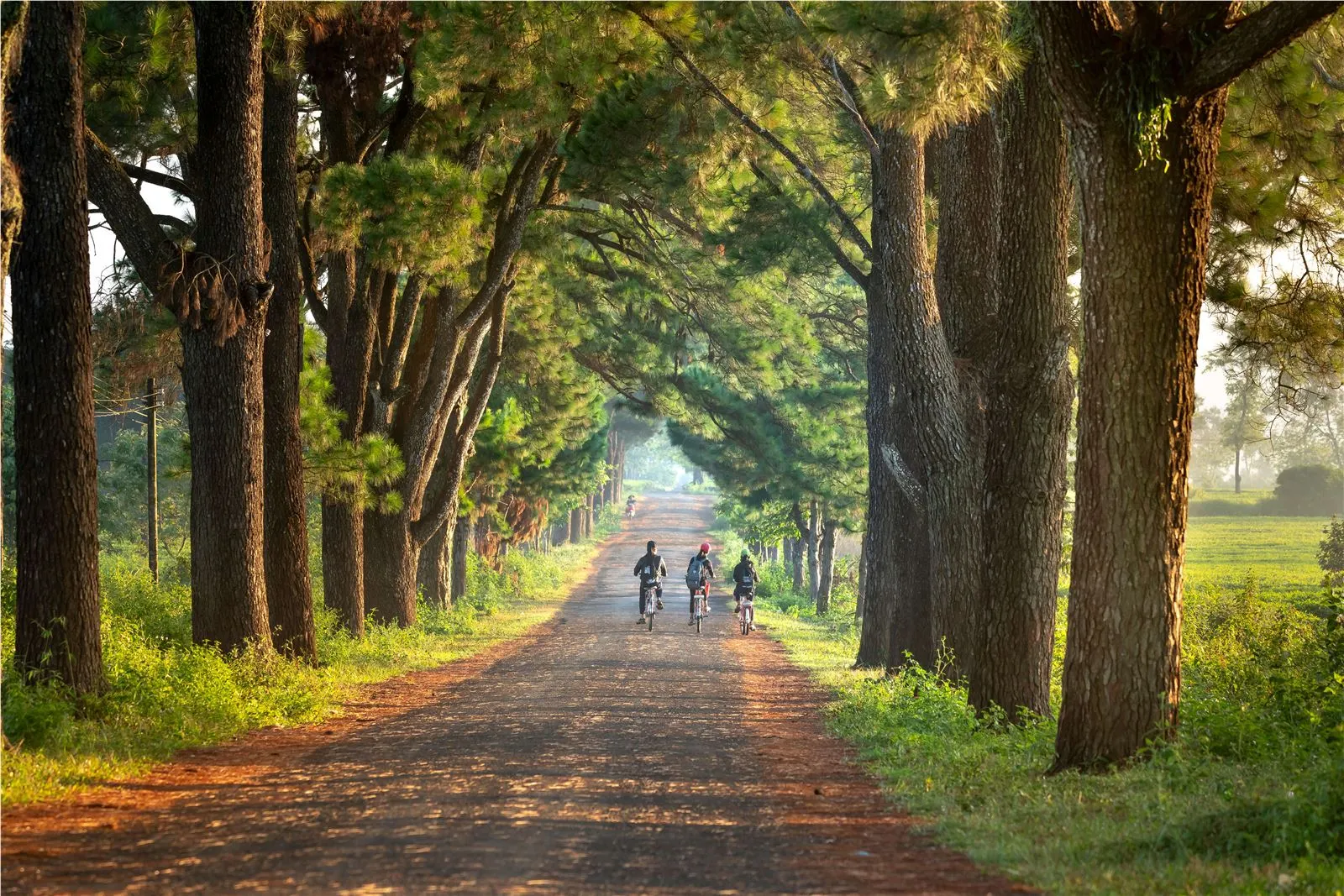
Photo: Shutter stock
Buu Minh Pagoda
Buu Minh is the oldest pagoda in Gia Lai, located in the middle of the Tea Lake Sea. The pagoda was built in 1936, originally named Buddhist Hoc Pagoda, then restored and named Buu Minh since 1961. The pagoda has a roof similar to a Central Highlands house, but has the architectural lines of Japanese and Korean temples.
Buu Minh is also considered one of the highest pagodas in Vietnam. The head of the pagoda roof, the roof of the tower is soft like a wooden boat, the architecture is made of reinforced concrete, the area of the main hall is 520 m2, more than 47 m high. On major holidays, this place is quite crowded with local people visiting and praying for peace.
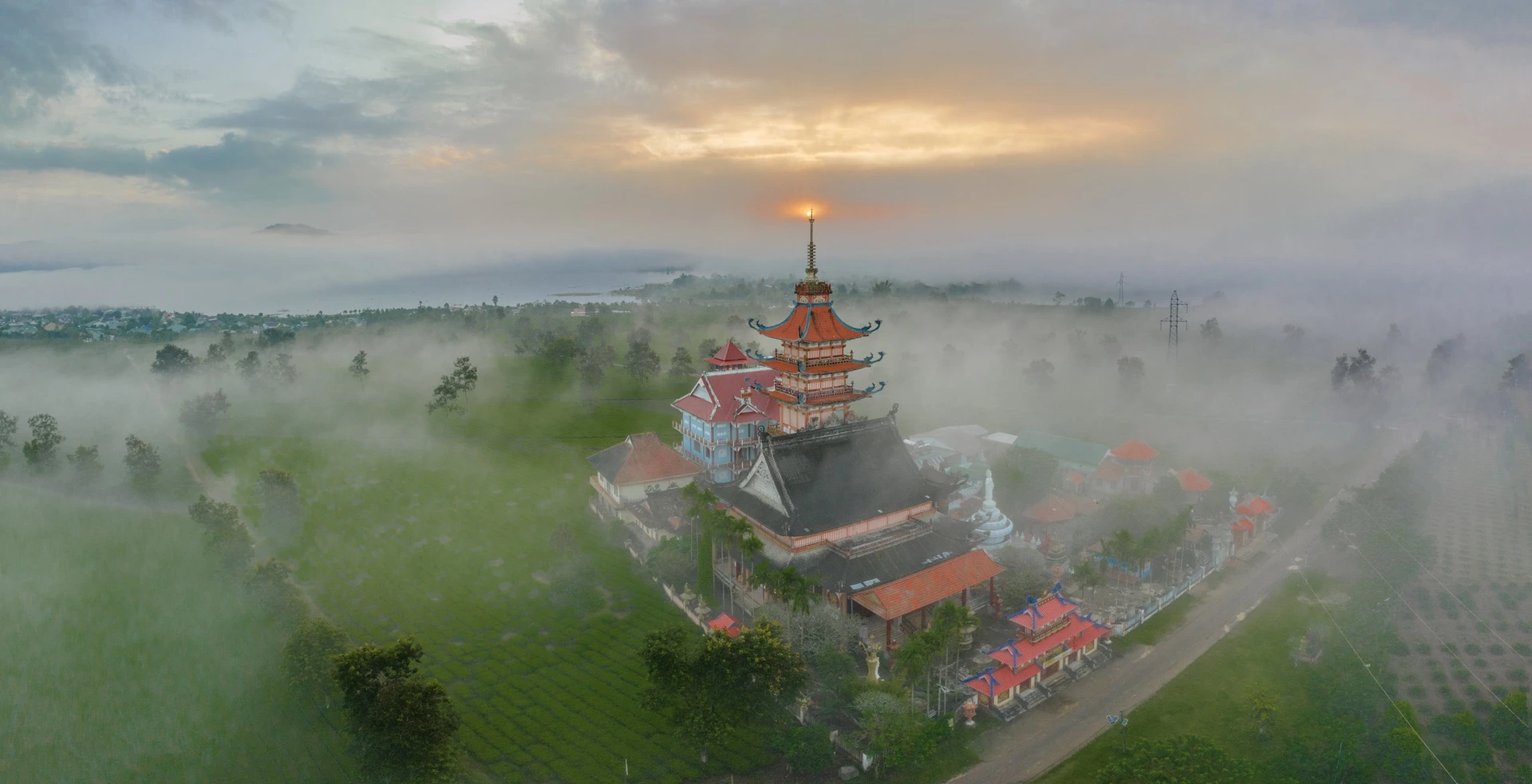
Photo: Shutter stock
Minh Thanh Pagoda
Located on a hill 2 km from the city center, Minh Thanh Pagoda was built in 1964 and has become a familiar place of pilgrimage and worship for local people. The 20,000 m2 pagoda consists of many buildings designed with curved roofs, with architecture similar to Japanese temples.
The statue of Buddha Guan Am is placed in the center of the door and decorated with trees, stone pillars, and symmetrical unicorn statues made of exquisitely carved stone, 7.5 m high, weighing 40 tons. The pagoda yard is large, decorated with miniatures, stone statues, and exquisitely carved wooden materials. In addition, the pagoda also has a green space designed by the monks with trees and miniatures to make the atmosphere fresh and pure.
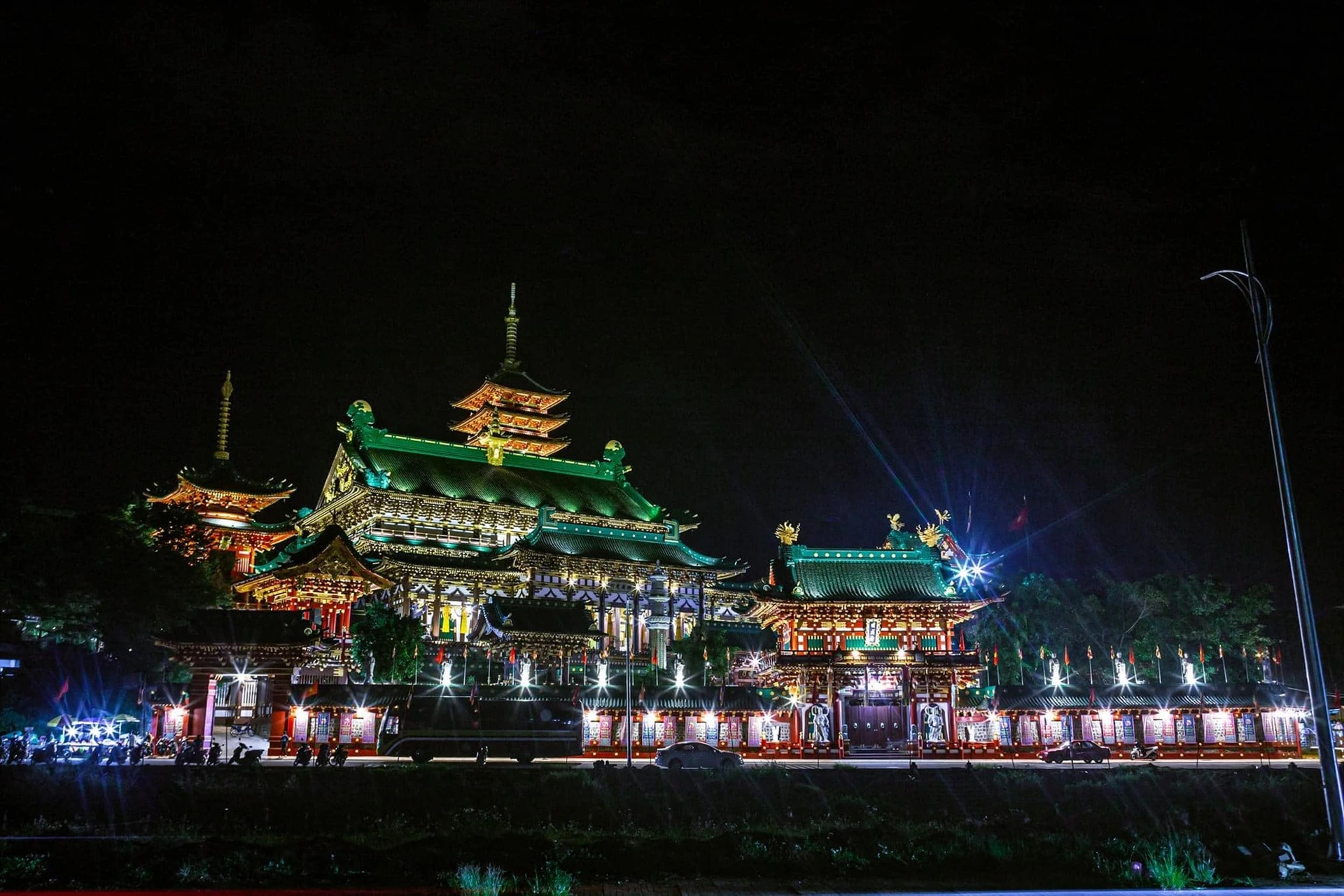
Photo: Binh Nguyen
Chu Dang Ya Volcano
Located about 30 km from Pleiku City, Chu Dang Ya is a volcano that has been formed and existed for millions of years. After erupting all the lava flows, Chu Dang Ya volcano has "fallen asleep" and become a famous attraction. Around this area, flowers and greenery in the four seasons are lush. Standing on the crater of Chu Dang Ya volcano, visitors will see a panoramic view of Pleiku City. Currently, the road leading to the foot of the volcano has been concreted, convenient to move. To get to the top, visitors can climb on foot or rent a motorbike taxi for about 100,000 VND.
At the end of October and the beginning of November every year, wildflowers bloom along the way and around the volcanic area.
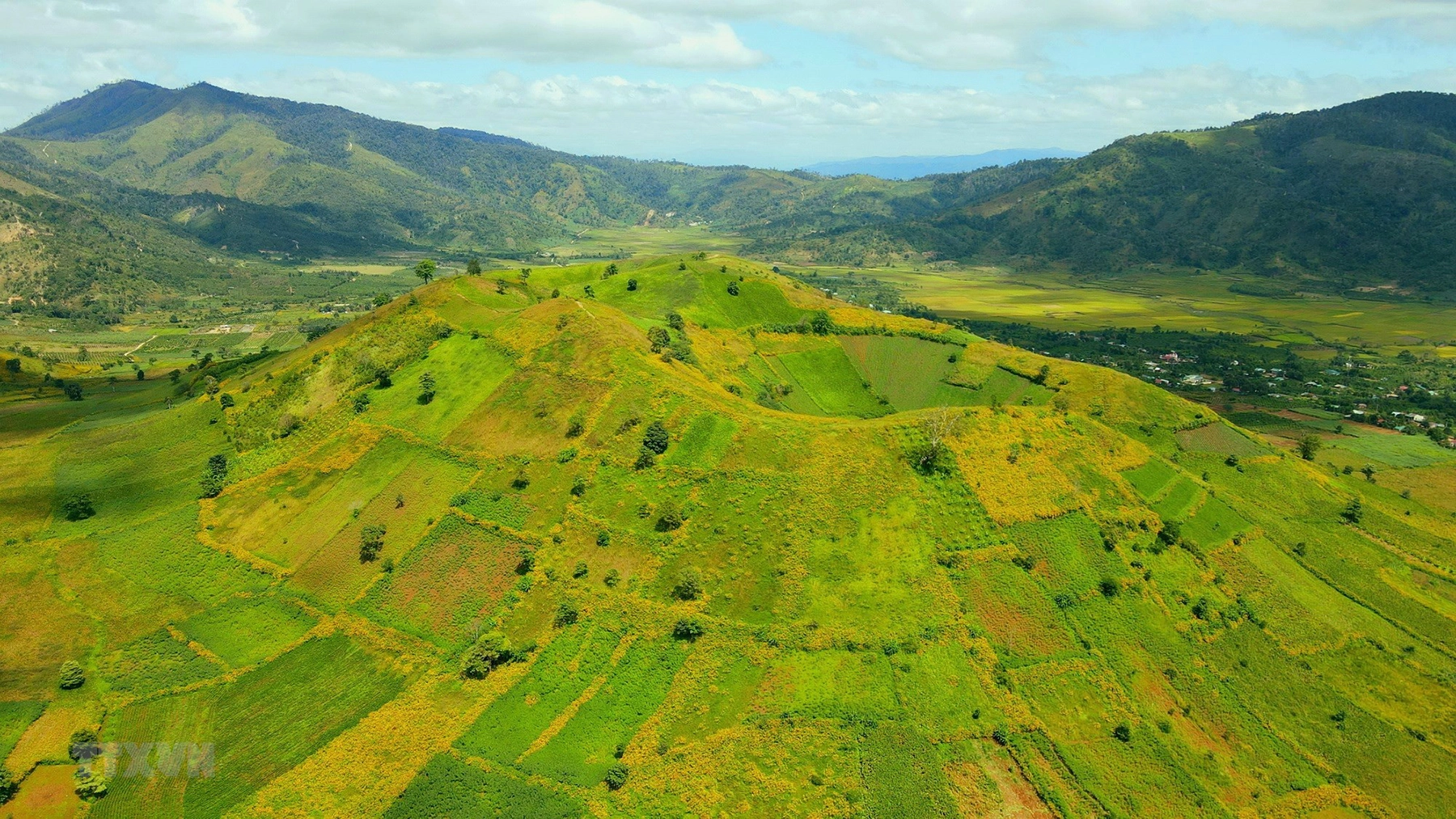
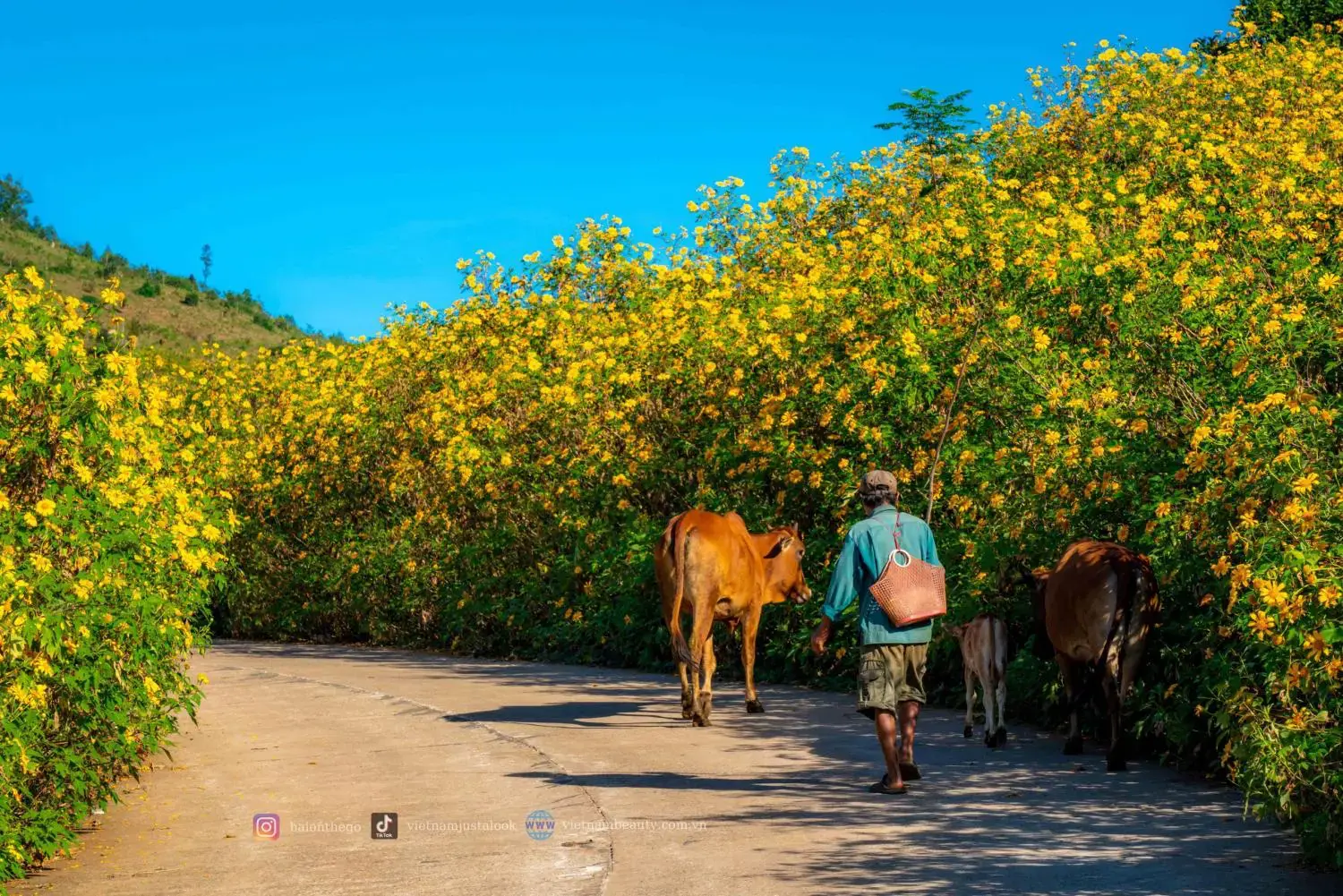
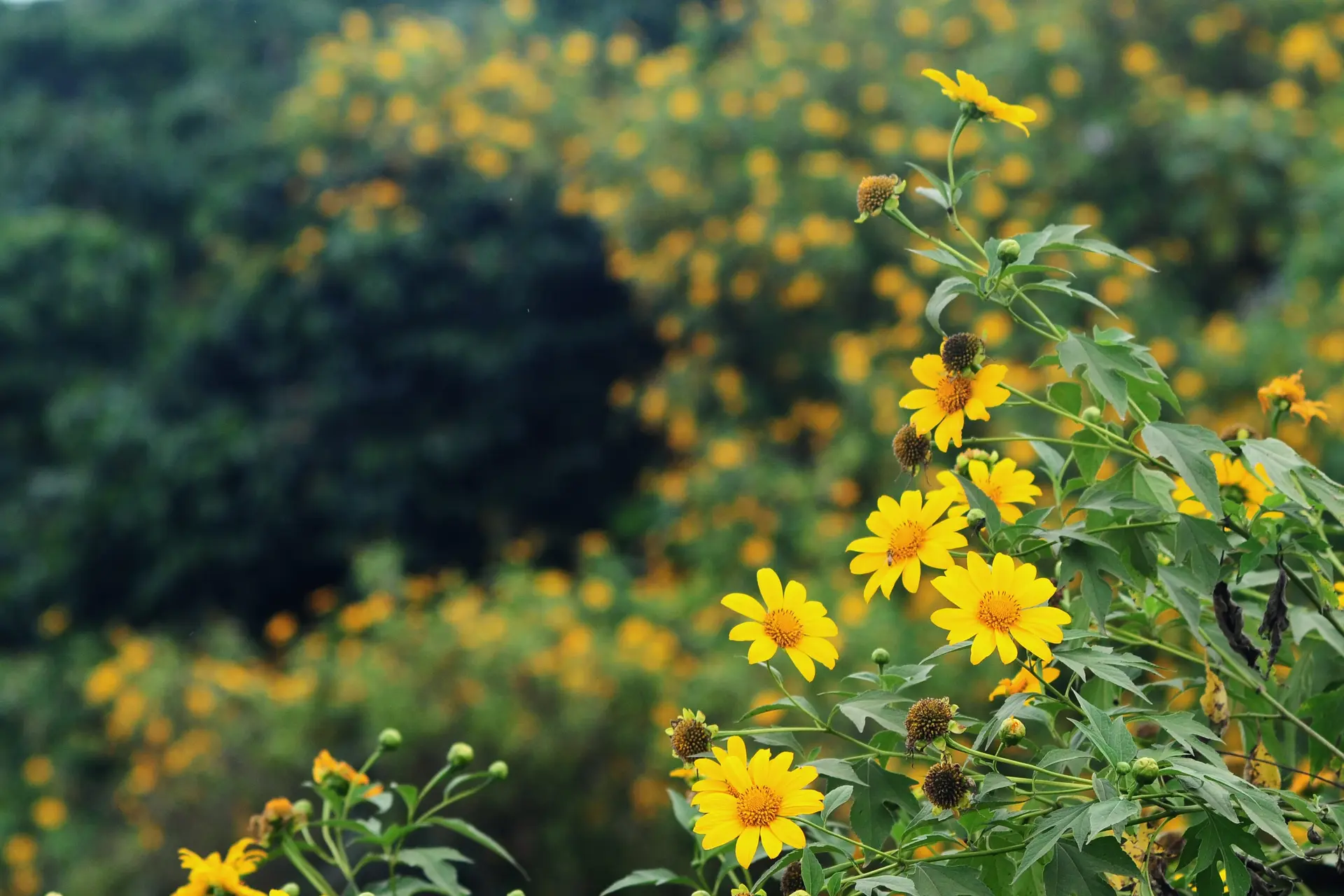
Photo: Hong Diep/VNA
K50 Waterfall
K50 Waterfall (also known as En Cave Waterfall) is located in Kon Chu Rang Nature Reserve, K'Bang District, North of Gia Lai Province, about 150 km from the center of Pleiku City. The best season to explore the waterfall is from March to June every year when it is sunny, rainless, and the waterfall flows smoothly. Visitors can go for a day trip from Pleiku but according to the advice of many people, it is recommended to stay in the vicinity overnight, or camp in the reserve.
The waterfall is called Hang En because behind the water is the habitat of many species of swallows. The name K50 refers to the height of 50 m of the waterfall. Previously, to get to the waterfall, visitors needed to cross the forest for about 8 hours, but now there are more concrete roads, allowing motorbikes to enter near the base of the waterfall. At the end of the concrete road, visitors walk for about 20 minutes to come. Visitors need to equip long-sleeved clothes, high-necked socks and walking sticks to avoid insects and snakes.
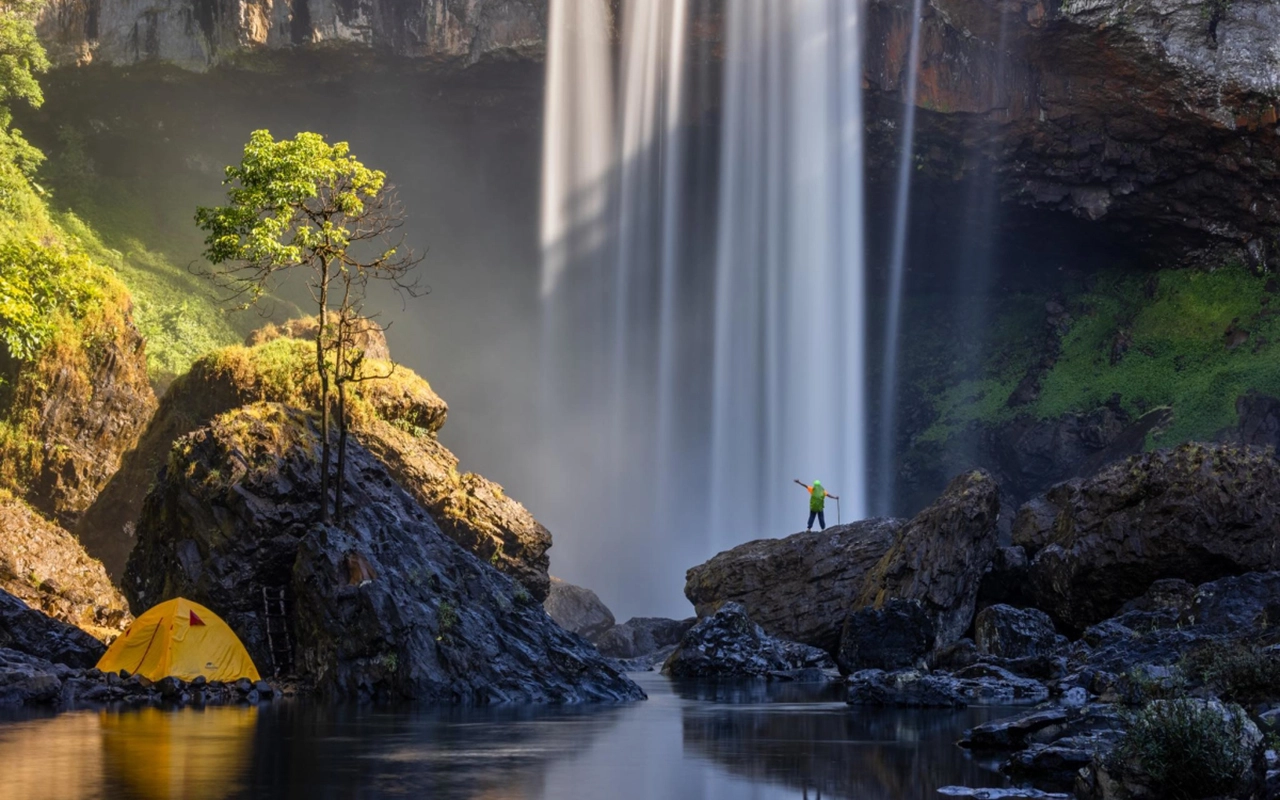
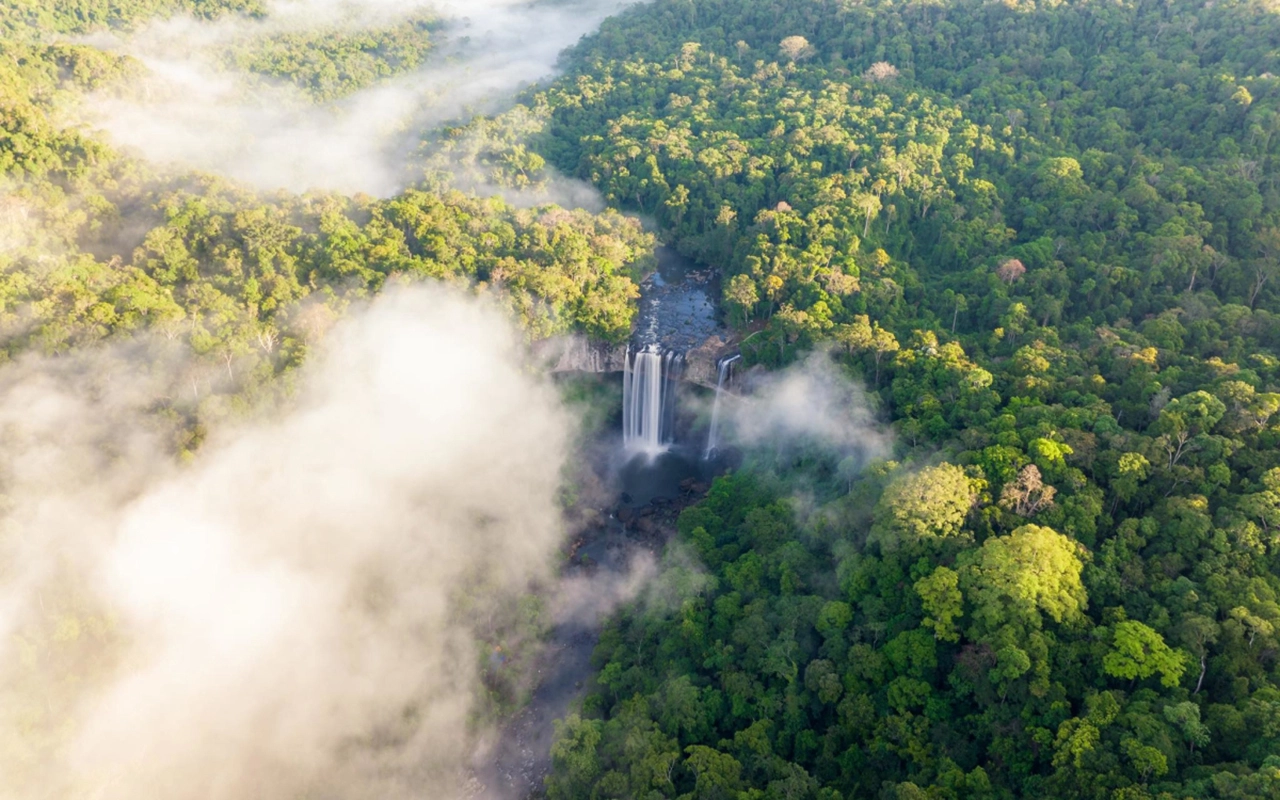
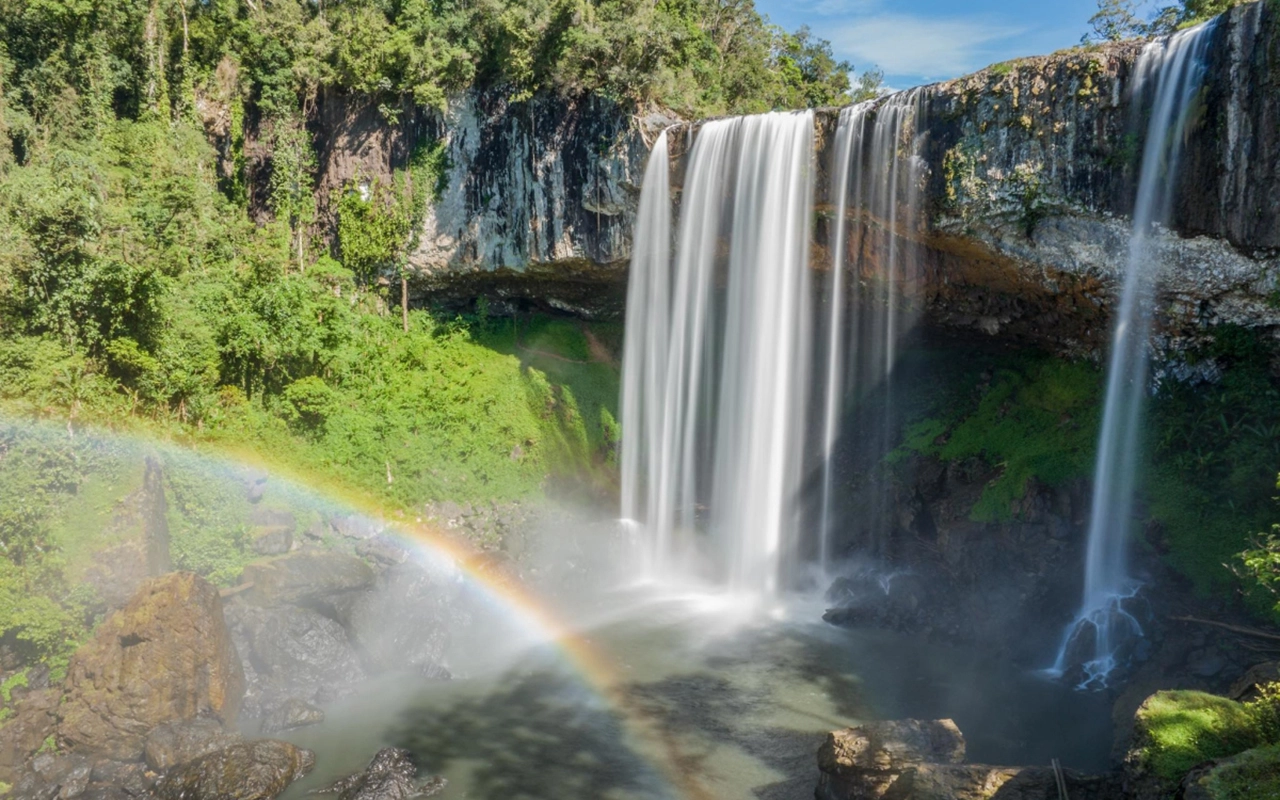
Photo: Anh Chiem
Yaly Hydroelectric Power Plant
Yaly is located in the hydropower system on the Se San River, is one of the most crowded tourist destinations in Gia Lai province, nearly 40 km from the center of Pleiku. The scenery on the road from the city to the hydropower plant is beautiful, with many primeval forests, hills and rivers. The plant was built in 1993, is the second largest hydropower project in Vietnam, after Song Da. Yaly Hydropower is associated with Yaly Waterfall, once one of the largest and most beautiful waterfalls in Vietnam with a height of 42 m, charming scenery.
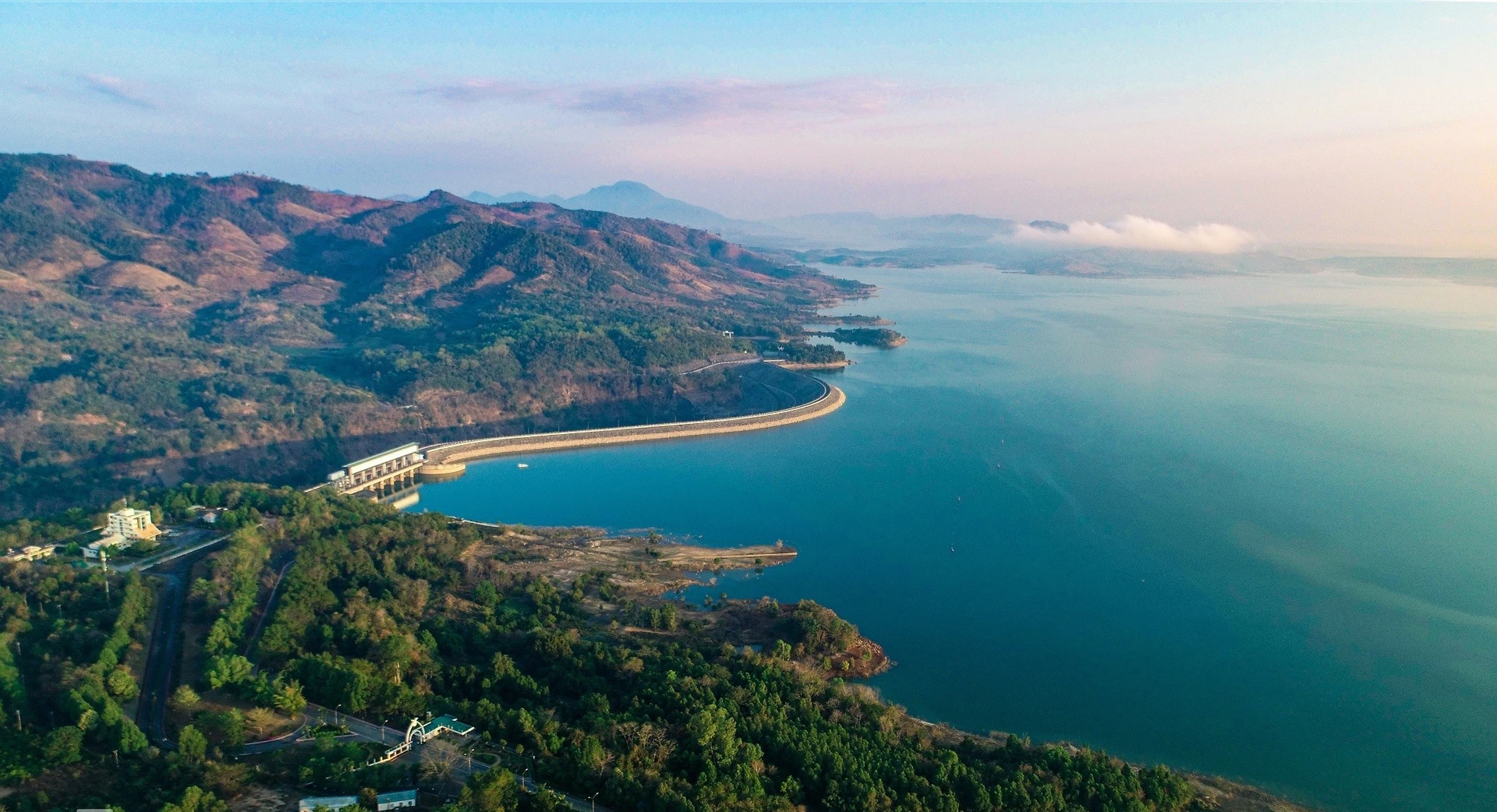
Image: Pham Cong Quy
According to VnE
